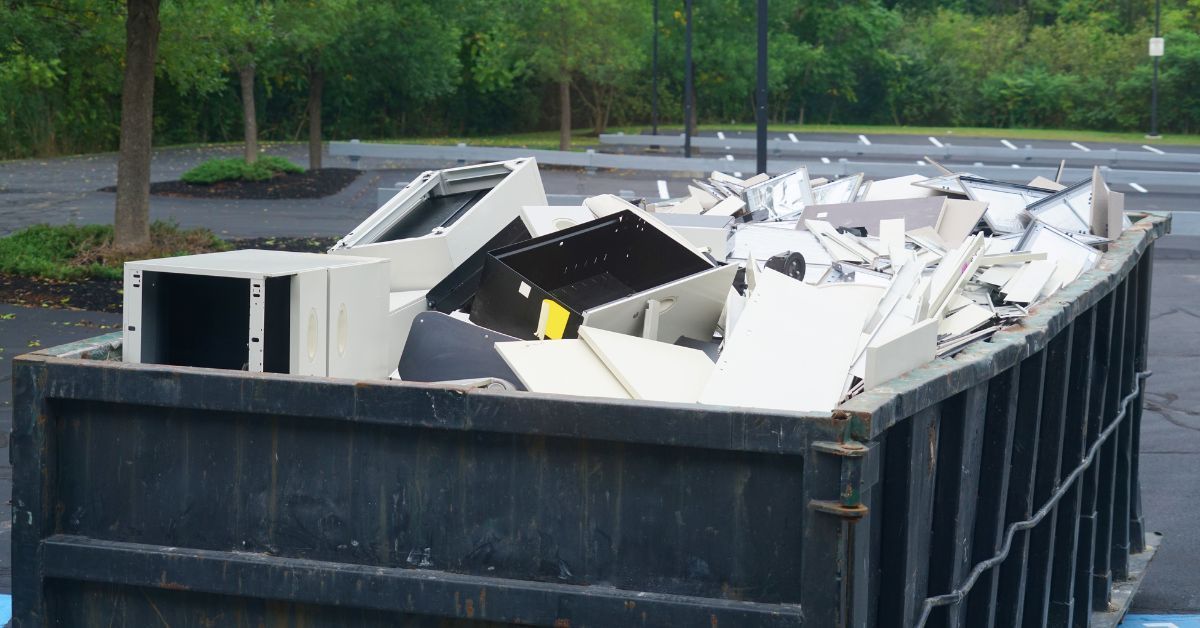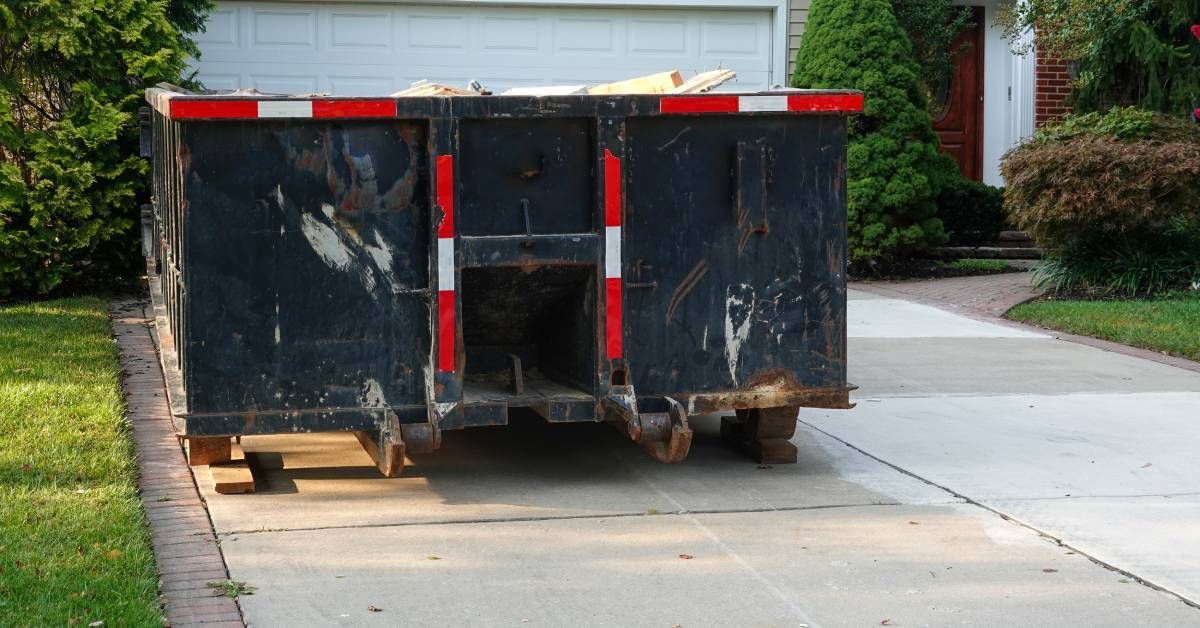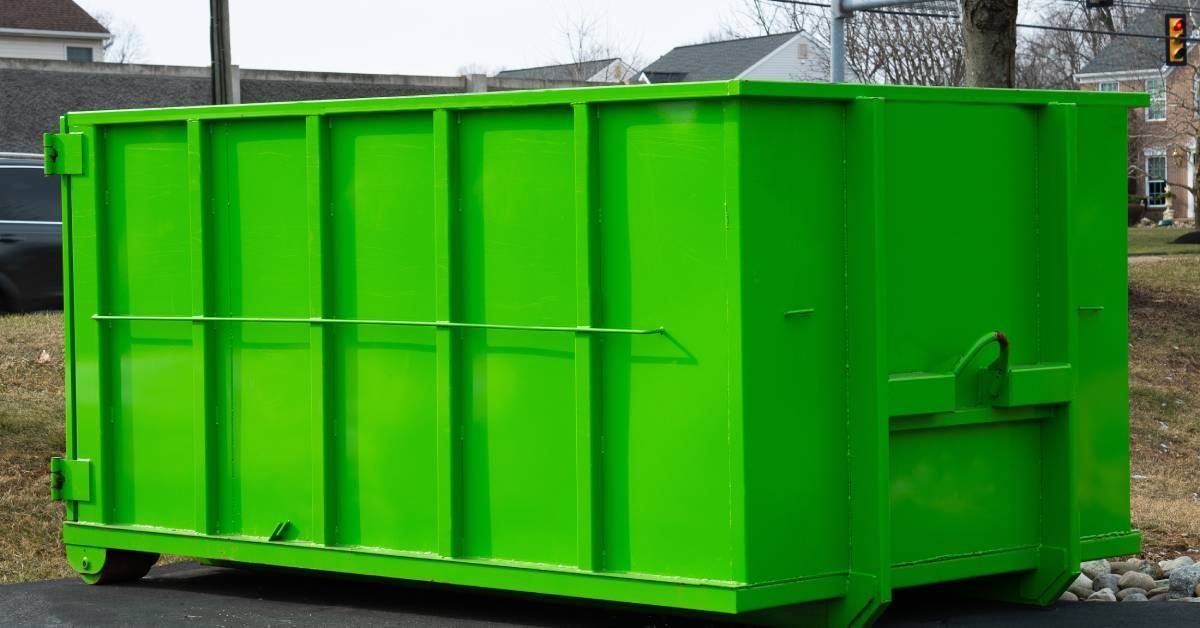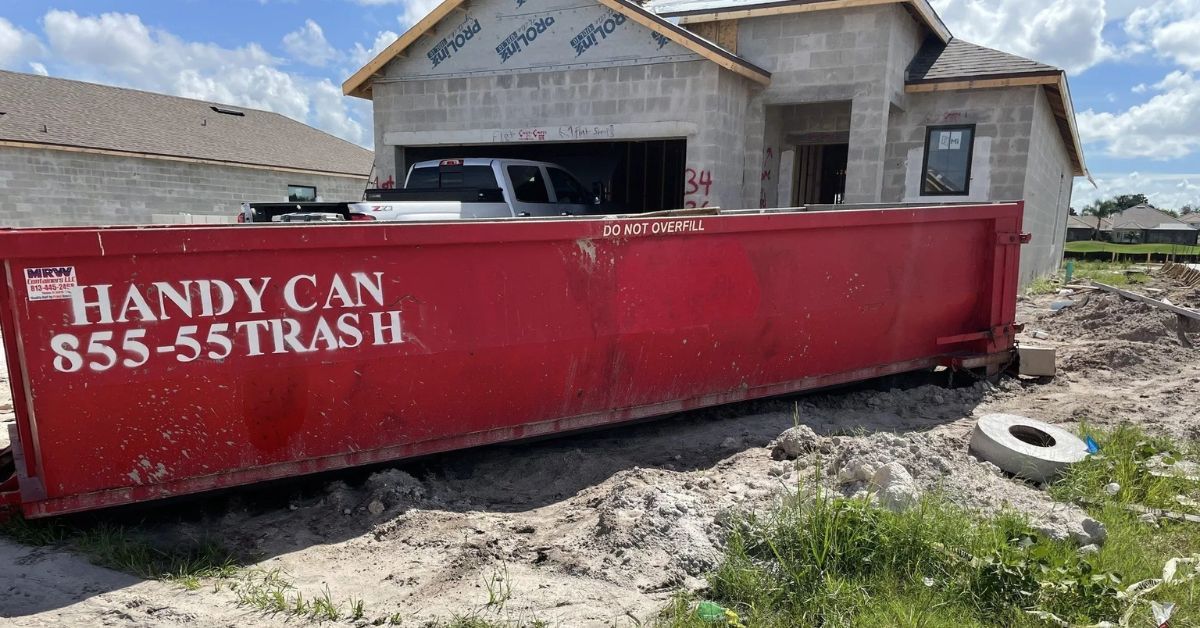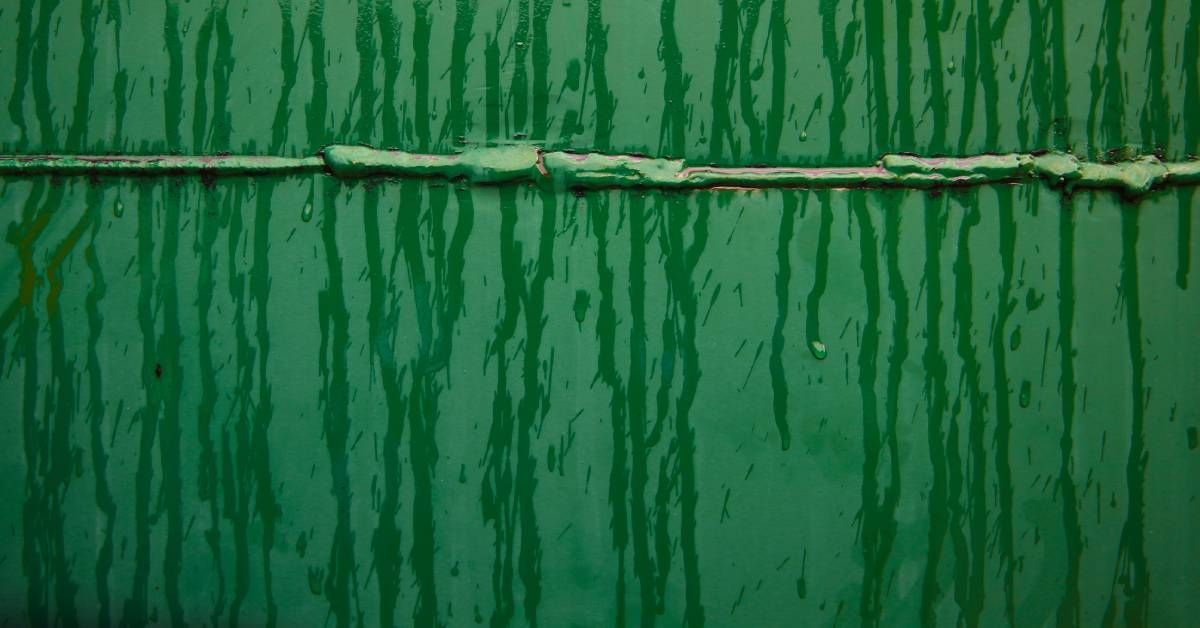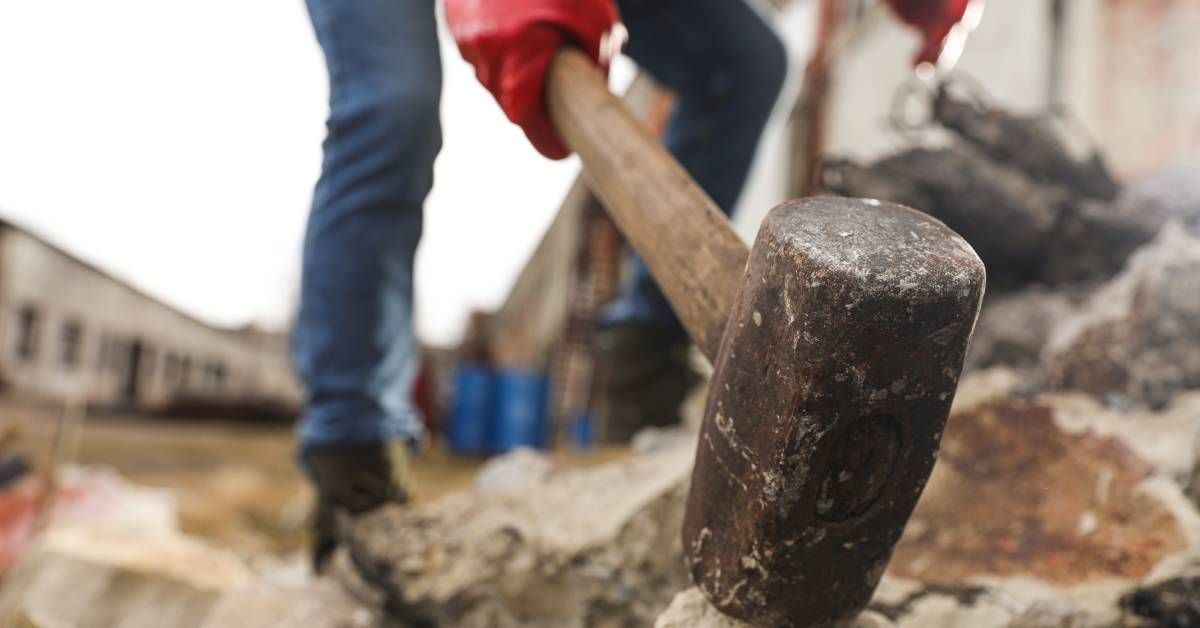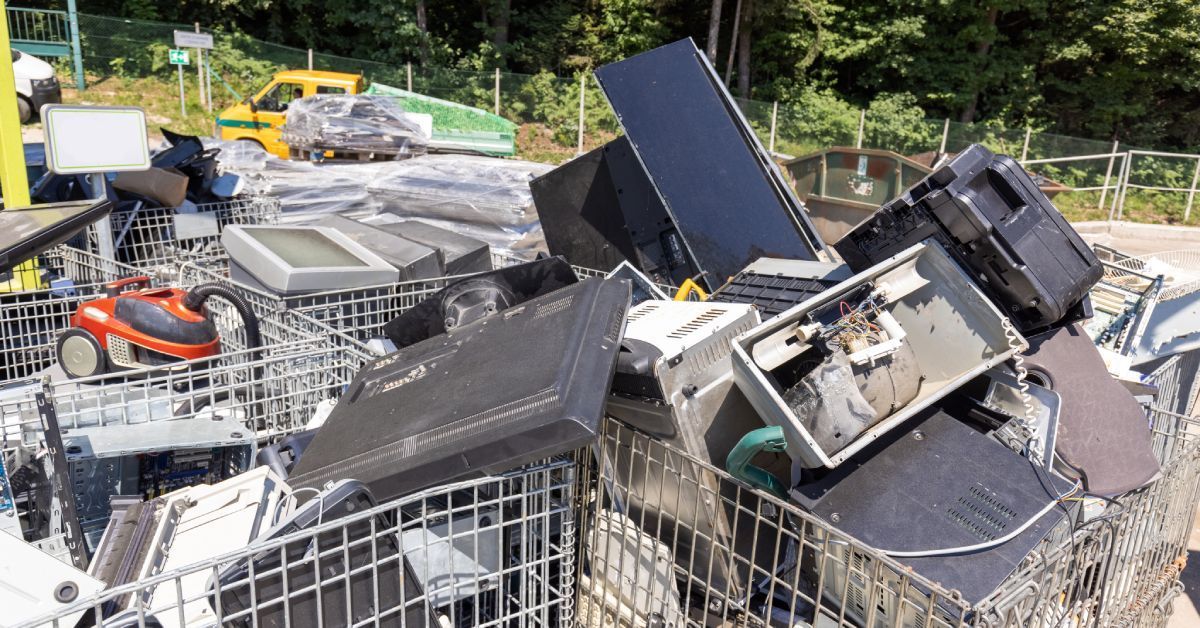Waste Sorting & How Proper Recycling Enhances Sustainability
Our world generates a staggering amount of waste daily. Effective waste sorting and recycling are crucial steps toward environmental sustainability. Continue reading to learn how waste sorting and proper recycling enhances sustainability. You’ll gain practical tips to improve your waste management practices and contribute to a greener world.
Understanding Waste Sorting
Proper waste sorting is the foundation of efficient recycling. It involves separating waste into categories such as paper, plastic, glass, and organic matter. We can reduce contamination in recycling streams, maximize resource recovery, and minimize the volume of waste destined for landfills by understanding and implementing effective sorting practices.
Waste Sorting Process
Waste sorting involves separating waste materials into different categories at the source. This process is critical because it makes recycling more efficient and reduces contamination. Proper waste separation ensures that recyclable materials do not end up in landfills. It could take years for the materials to decompose.
Types of Waste
There are four main types of waste:
- Organic waste: Includes food scraps, yard waste, and other biodegradable materials. Organic wastes can enrich the soil.
- Recyclable waste: Consists of materials such as paper, cardboard, glass, metals, and certain plastics. These items can become new products.
- Non-recyclable waste: Certain plastics and contaminated materials typically end up in landfills. These items are non-recyclable.
- Hazardous waste: Includes substances that are harmful to humans, plants, and animals such as battery acid, chemicals, and electronic waste. These items need special handling and disposal.
The Recycling Process
Recycling transforms old materials into new, reusable products. This process conserves finite resources and significantly reduces environmental pollution and energy consumption. Understanding how recycling works empowers us to make informed decisions and reinforces the importance of our efforts toward a sustainable future.
How Recycling Works
Recycling involves collecting and processing materials that would end up in the landfill. The recycling process can vary for different materials. Paper becomes new products after recycling plants collect and sort them. Clean, crushed, and melted recycled glass will form new glass items. These facilities also sort, clean, shred, and melt recycled plastics so that they may become new plastic products.
Commonly Recycled Materials
Recycling has significant environmental impacts. Recycling aluminum saves 95 percent of the energy required to produce new aluminum from raw materials. Recycling one ton of plastic bottles saves the equivalent energy usage of two people over a year. Paper recycling saves 17 trees and reduces the water used in paper production by 50 percent.
Benefits of Proper Recycling
The advantages of proper recycling practices extend far beyond merely reducing the volume of waste. Recycling conserves natural resources, saves energy, and reduces pollution. It transforms waste into valuable resources to diminish the strain on finite raw materials and reduce greenhouse gas emissions and energy consumption associated with manufacturing processes.
Environmental Benefits
Proper recycling offers numerous environmental benefits. Reducing landfill waste is one of these advantages. It diverts the waste from landfills and reduces the space required for disposal. Recycling also conserves resources such as timber, water, and minerals—reducing the need for raw material extraction, which can damage ecosystems.
Economic Benefits
Recycling also provides economic advantages. The recycling industry creates jobs in recycling facilities, transportation, and manufacturing. It also reduces waste management costs.
Challenges of Recycling
While recycling presents numerous benefits, it is not without its challenges. Various obstacles can hinder the efficiency and effectiveness of recycling programs, from contamination issues to the fluctuating market for recyclable materials. Understanding these challenges is vital for improving recycling systems and ensuring our efforts yield the best possible results.
Common Obstacles
Despite its benefits, recycling faces several challenges—contamination is one of the biggest. Improper sorting can contaminate recyclable materials. This mishandling makes them unsuitable for recycling. Lack of awareness is another common obstacle. Many don’t understand what they can and cannot recycle. This misunderstanding leads to improper disposal.
Overcoming Challenges
Individuals and communities can address these challenges by:
- Conducting research to get clear information about recycling guidelines and the importance of proper waste sorting.
- Improving recycling facilities and systems to handle waste more efficiently.
Tips for Effective Waste Sorting
Embarking on the journey to proper waste sorting can initially seem daunting, but with the right guidance and strategies, it becomes a manageable and rewarding practice. Integrating these methods into your daily routine ensures you recycle your waste correctly and support environmental sustainability.
Practical Advice
Here are some practical tips to make waste sorting easier. Use separate bins for organic, recyclable, and non-recyclable waste to avoid confusion. Ensure you label these bins. Rinse out your containers before placing them in the recycling bin. This habit will reduce contamination. Different areas have different recycling rules. Ensure you familiarize yourself with the local recycling guidelines.
Tools and Resources
Several tools and resources can help with waste sorting. Use recycling apps to look up information on which items you can recycle and where. Many communities offer recycling programs and resources for community members to use. These are great, and you should use them.
The Future of Recycling
The future of recycling looks promising as we continue to innovate and expand our understanding of environmental sustainability. Emerging technologies, evolving policies, and increased global awareness pave the way for more efficient and effective recycling systems.
Innovations in Waste Management
- Advanced sorting technologies: New technologies, such as AI and robotics, are improving the efficiency and accuracy of sorting recyclable materials.
- Biodegradable materials: The development of biodegradable materials that can replace traditional plastics reduces waste’s environmental impact.
Role of Policy and Consumer Behavior
Government policies and consumer behavior play crucial roles in shaping the future of recycling.
- Legislation: Policies that mandate recycling and reduce single-use plastics can drive significant improvements in waste management.
- Consumer choices: Choosing products with recyclable packaging and supporting companies with sustainable practices can make a big difference.
Learning how proper waste sorting and recycling enhances sustainability is essential for a brighter future. We can all contribute to reducing landfill waste and conserving resources by understanding the different types of waste, the recycling process, and the benefits of proper recycling. The challenges of recycling will get better with education and improved infrastructure.
Innovations in waste management and supportive policies will continue to enhance recycling efforts. We can ensure a cleaner, greener world for tomorrow by adopting sustainable waste management practices today.
Turn to Handy Can Disposing and Recycling when you need a reliable dumpster company for your remodel or construction project. Our expertise in recycling allows us to do so properly.

